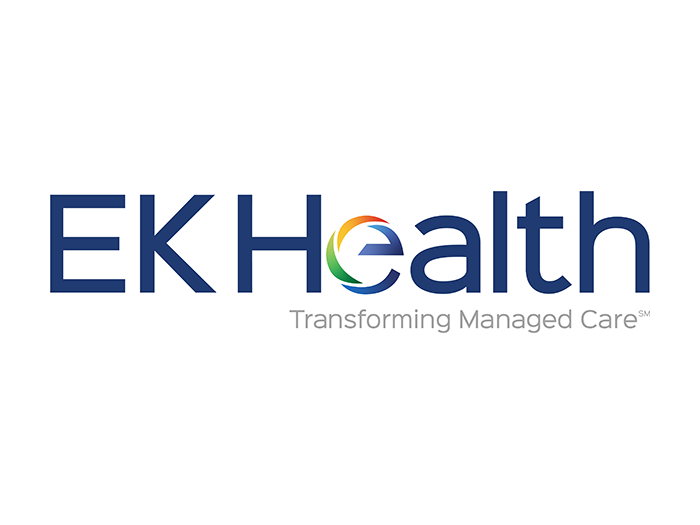Corruption and Bribery Are on the Rise Globally. How Can Corporate Culture, Data and Technology Be Used to Quell the Threat?

Incidents of bribery and corruption continue to be a key focus in boardrooms across the globe. Here’s why: According to the recently released 2021 Kroll Global Fraud and Risk Report (GFRR), 36% of organizations surveyed reported a very significant impact from worldwide incidents of corruption, bribery and other financial crimes.
On September 21, a team of Kroll experts along with Narguiz Birk-Petersen, vice president, regional general counsel, growth and emerging markets at Takeda, discussed key findings from volume 1 of the 2021 Kroll Global Fraud and Risk Report.
The panel provided insights on how bribery and corruption is impacting organizations around the world, highlighting complex internal and external challenges, issues around corporate culture and how smart companies are using technology and data insights to effectively mitigate bribery and corruption risk.
Good News, Bad News
According to Richard Plansky, North America regional managing director for the forensic investigations and intelligence practice of Kroll, the GFRR survey is a classic “good news-bad news” story.
“The good news is that our respondents indicated they are taking some positive steps to prevent and detect bribery and corruption,” Plansky said. The vast majority – 82% – have undertaken an enterprise-wide risk assessment, and 86% are employing data analytics technology to proactively detect risk.
Kroll is a provider of services and digital products related to risk and transparency and valuation governance.
For the 2021 Global Fraud and Risk Report (GFRR), Kroll conducted an online survey in March 2021 of 1,336 senior decision-makers for risk strategy, including chief finance officers, general counsel, CEO, and chief compliance officers. Survey respondents were drawn from the 17 countries and regions featured on the global risk map.
“Overall, our respondents are feeling confident about their efforts – 74% believe that their organizations’ ABC controls are effective at preventing and detecting high-risk activity,” Plansky says. “At the same time, the vast majority – 82% – reported that their organizations had been significantly impacted by corruption and other illicit activity, which makes you question the effectiveness of these measures.”
Not surprising, the largest organizations surveyed are experiencing the effects of bribery and corruption most significantly. In addition, organization in developing markets are also feeling the most effects from corruption, including respondents based in China (98%), the Middle East (97%) or Sub-Saharan Africa (88%).
And while some organizations dotting the global landscape continue to struggle with mitigating bribery and corruption risk, the GFRR indicates that U.S. respondents, along with respondents in the U.K. and Italy say their organization’s ABC controls are effective. About 84% say corruption risk and bribery risk are given sufficient board-level attention.
So what are the most complex internal and external challenges facing organizations around the world today as it relates to risk strategy? Plansky said that more than anything else, the lack of visibility into third parties—suppliers, customers, distributors—is keeping the GRFF report’s respondents up at night.
Not far behind is the challenge of managing the risks presented by their own employees in a world in which most work is remote, economic uncertainty is high and the cultural ties that bind people to their organizations have been strained.
An evolution of sorts
Not surprising, the corporate culture has evolved in recent years as it relates to bribery, fraud and corruption. As a result of this evolving environment, organizations need to be aware of certain issues facing corporate culture that can fall victim to fraud.
“In the words of Peter Drucker, ‘culture eats strategy for breakfast.’ When it comes to culture, people often speak of the ‘tone at the top.’ Based on the results of our survey, 72% of our respondents believe their boards are giving bribery and corruption risk sufficient attention,” Plansky said. “It seems this particular aspect of corporate culture is moving in the right direction.”
However, Plansky pointed out that it’s no exaggeration to say that a healthy tone at the top is not enough to ensure a culture of compliance.
As he explained, the right culture must be communicated to the staff in the form of clear policies that express both general values and specific rules governing employee behavior. Those policies must be supported by providing resources—and incentives—that help employees find their way to compliance. Ultimately, there must be real accountability for breaches at all levels.
The Role of Technology
Advancements in today’s technology are allowing companies to use technology and data to effectively mitigate bribery and corruption risk. In fact, the most innovative—and effective companies—are using data analytics technology to create models that predict high-risk behaviors.
As the GFRR indicates, survey respondents illustrate that 91% of firms in the U.S. are using data analytics and technology to detect bribery and corruption risk. That said, over half (53% of U.S. respondents versus 46% globally) stated a concern about the lack of visibility over third parties, such as customers, distributors and suppliers is a large threat to their organizations as it relates to mitigating bribery and corruption risks.
As a result, they will continue to conduct enterprise-wide bribery and corruption risk assessments using leading technology and data analytics processes.
“They harness the skills, experience and knowledge of their best professionals and build models to simulate their decision-making,” Plansky said. “They then apply those models across huge and relevant data sets—sales and expense data, emails, etc.—to identify areas of heightened risk.”
So next year, when Kroll conducts the 2022 GFRR, what are going to the key areas of concern? Howard Cooper, managing director and global co-head of financial investigations at Kroll and a panelist in the recent GFRR webinar said the focus will be on corrupt fund flows and the controls that need to be in place, as well as the responsibility of corporations to stop these illicit fund flows.
In addition, Rasoul Golparvar, senior director at Kroll said, “We will see an uptake of people and the percentage of data used in bribery and corruption. I want to see corporations use data in a more effective, proactive way.”
Later in 2021, volume two of the GFRR will showcase results from Kroll’s global survey on the costs involved with investigations and discuss how smart organizations are applying data insights to improve efficiency and enhance their risk management strategies. &










